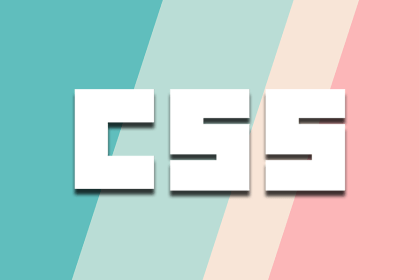
By building these four simple projects, you’ll learn how CSS variables can help you write reusable, elegant code and streamline the way you build websites.

Clickable text seems simple, right? Until a button blends into the background or a ghost link disappears on hover. Let’s fix those clickability fails.

The following post breaks down why the feature factory mindset persists, how it manifests, and most importantly, how to escape it for good.

Looking for the best React Native chart library? Explore the top 10 options, compare performance, and find the right tool for your project.

Neon lights, chunky buttons, and pixel-perfect nostalgia — retro-futurism in UX is more than a vibe. It’s a strategy. And here’s how to use it.
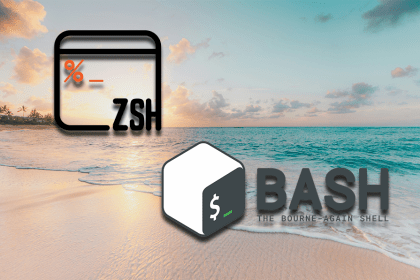
Compare the Bash vs. Zsh shell command languages, explore their differences, and see how to use both successfully.
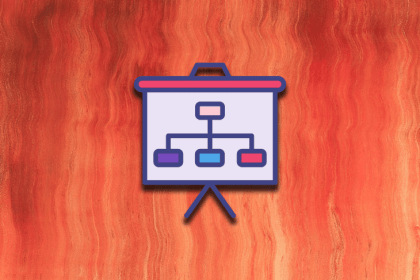
This article discusses where a responsibility assignment matrix, aka a RACI chart, can be helpful in product management.

Mariah Craddick shares how product management differs in the media industry and how The Atlantic is innovating with new technologies.

No designer works in a vacuum. If you want your ideas to land, you need facilitation skills. Let’s talk about what that really means.
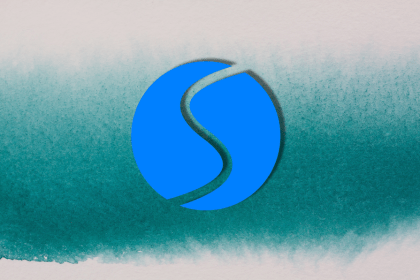
Learn how to use Swiper, a powerful JavaScript slider library, to create responsive, interactive, and smooth UI experiences for websites.

If you get AI personalization right, you’ll see higher customer retention, increased trust, and long-term revenue growth.
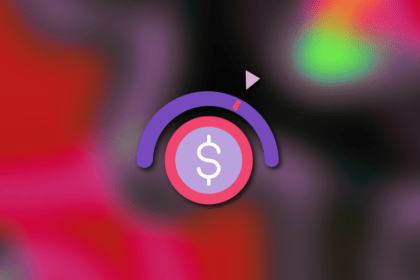
Think UX research requires a big budget? Nope. With the right approach, you can uncover valuable insights without spending a dime.